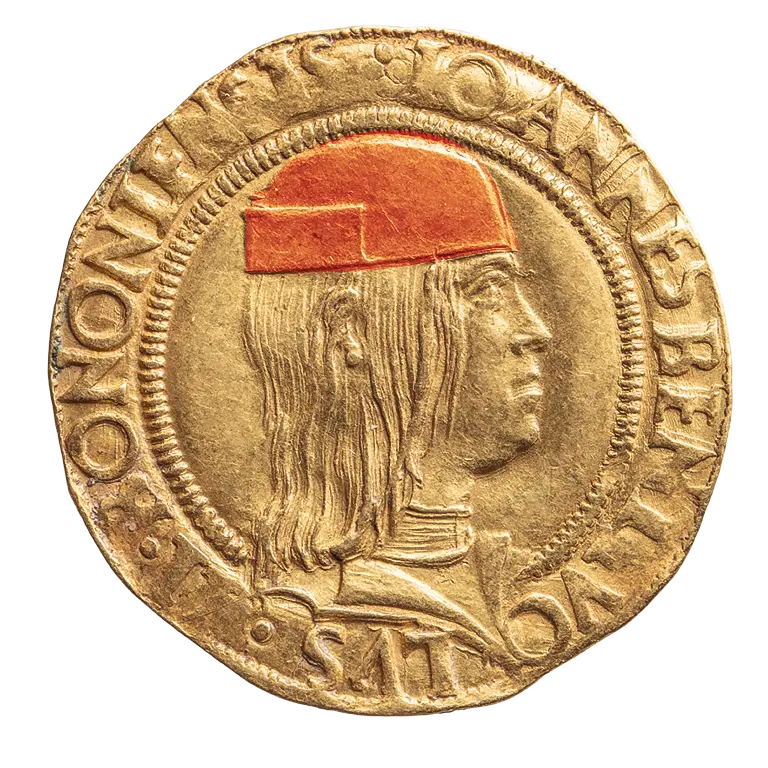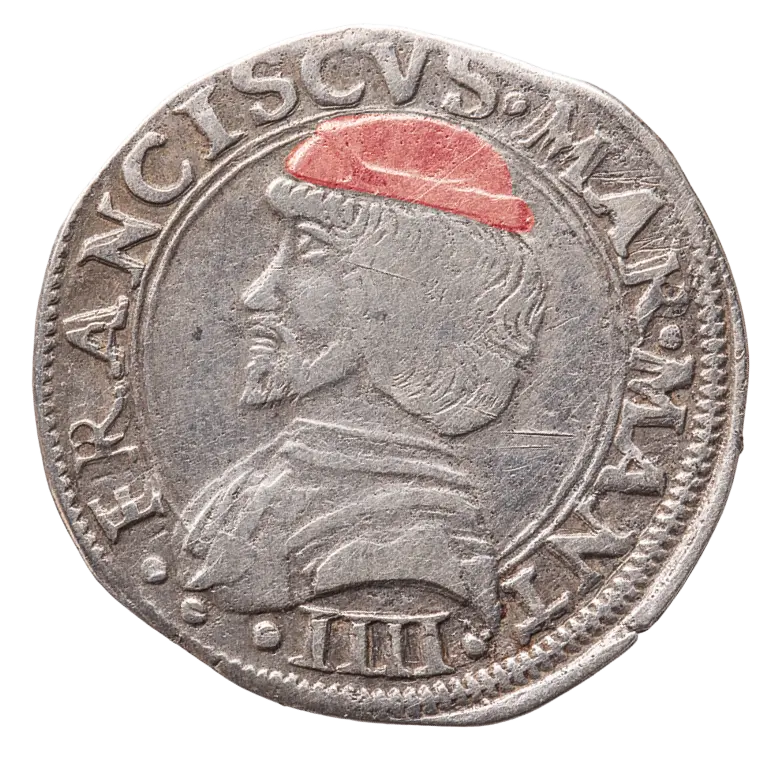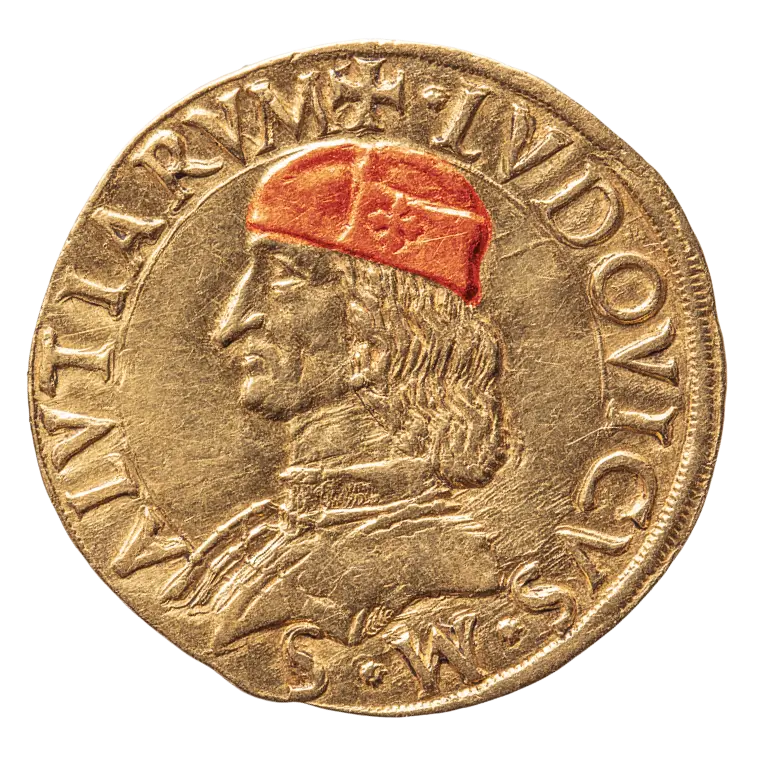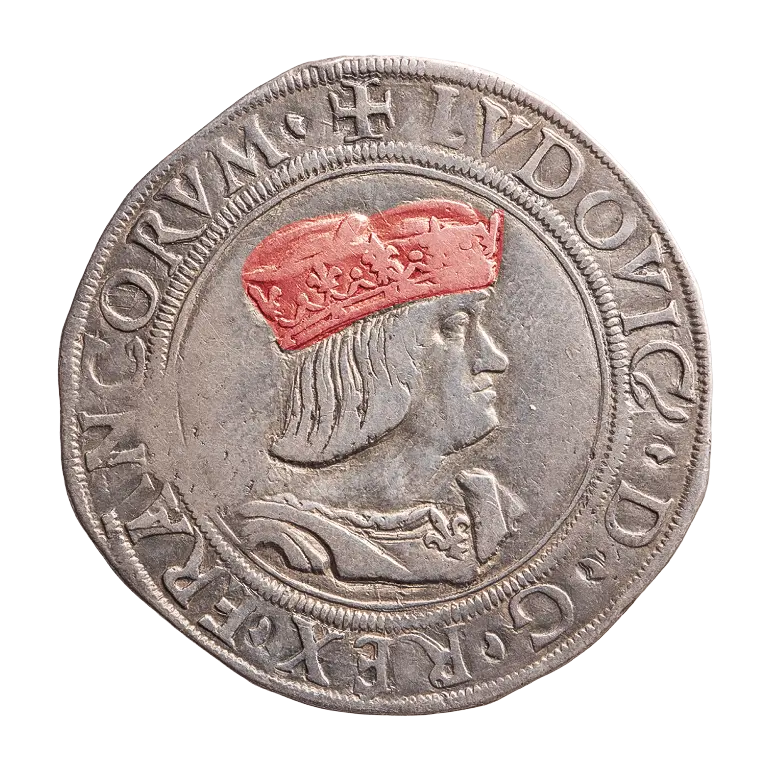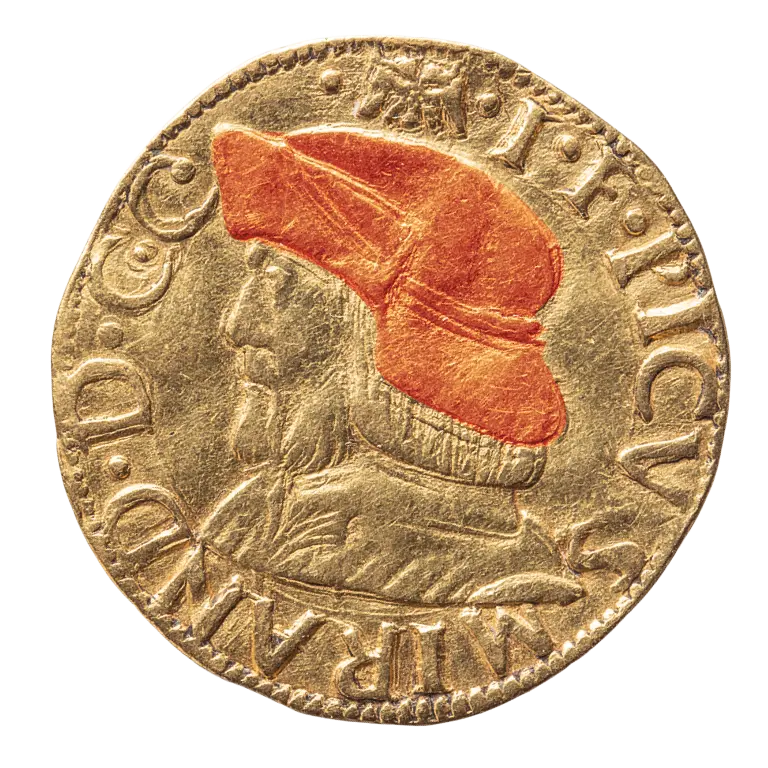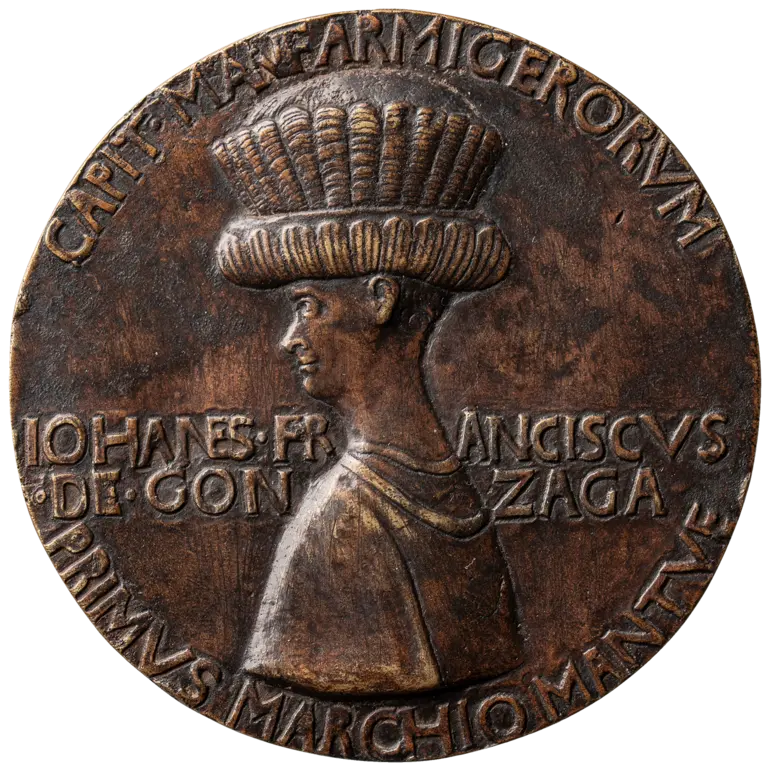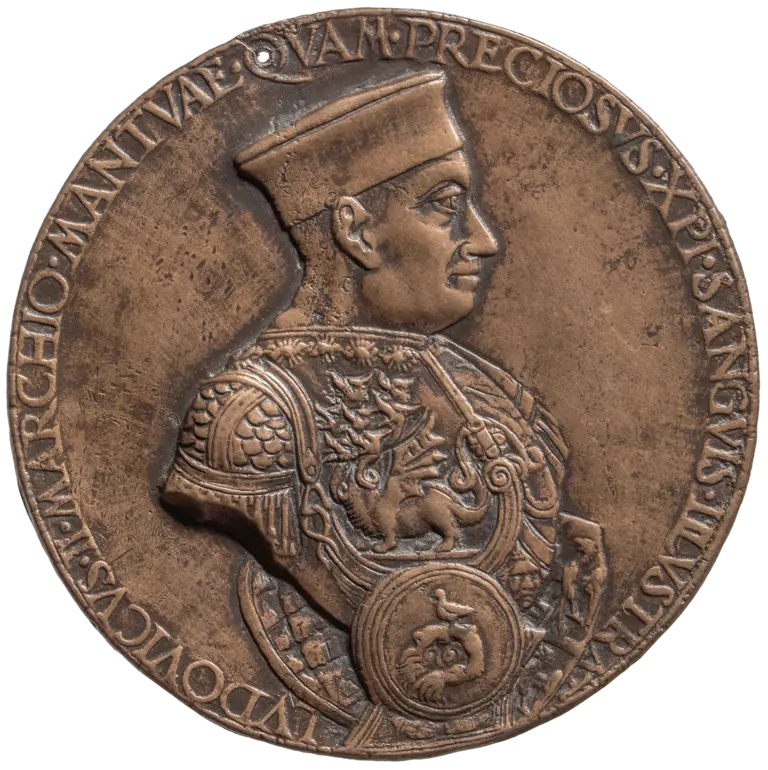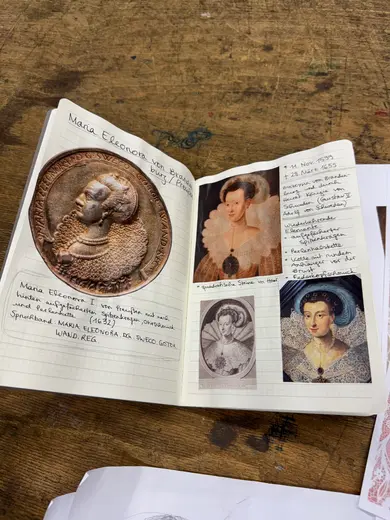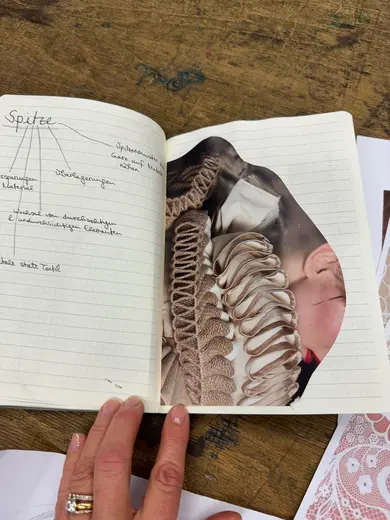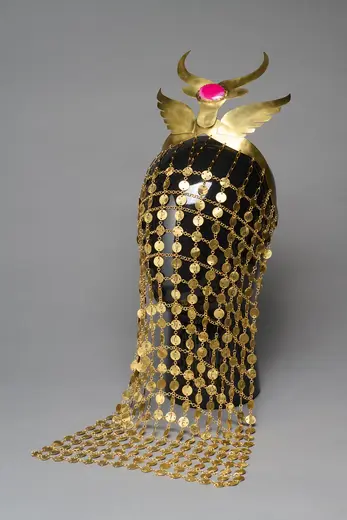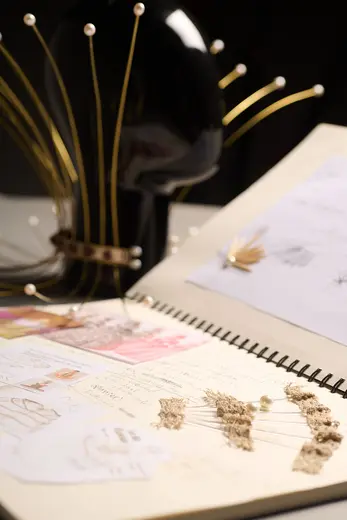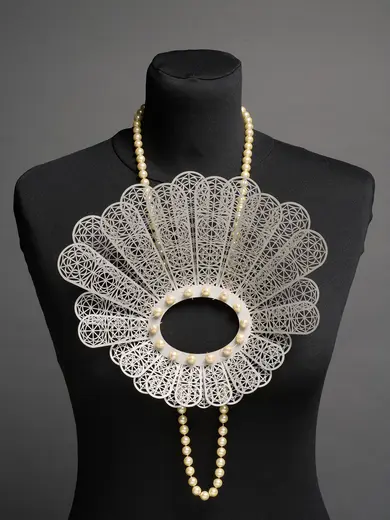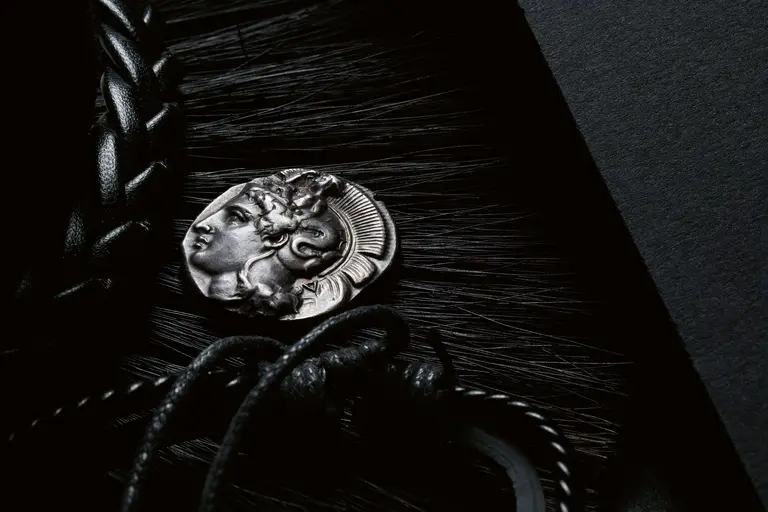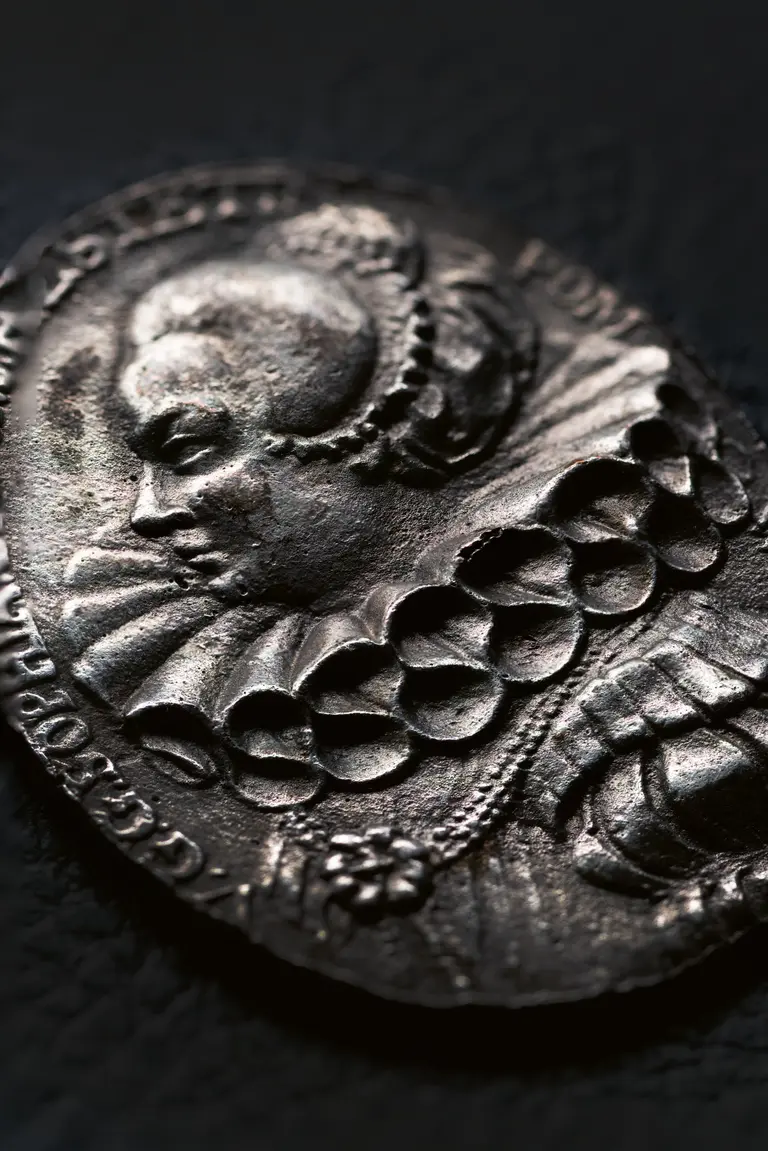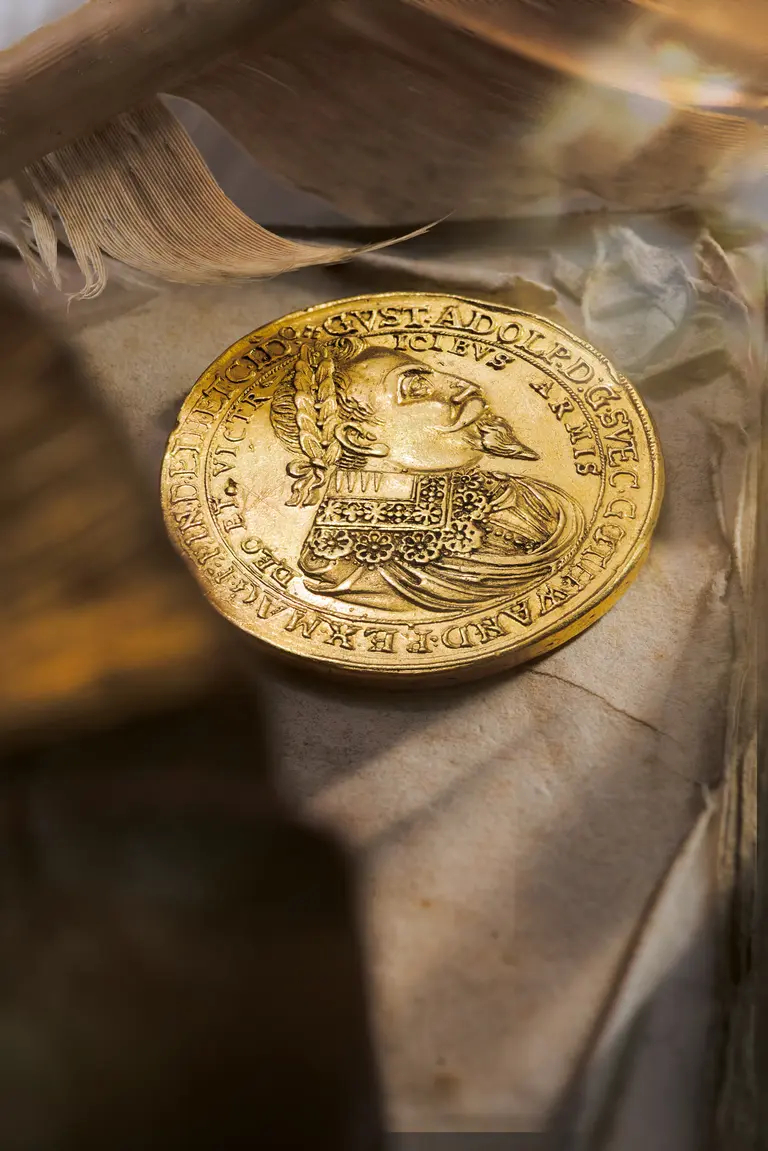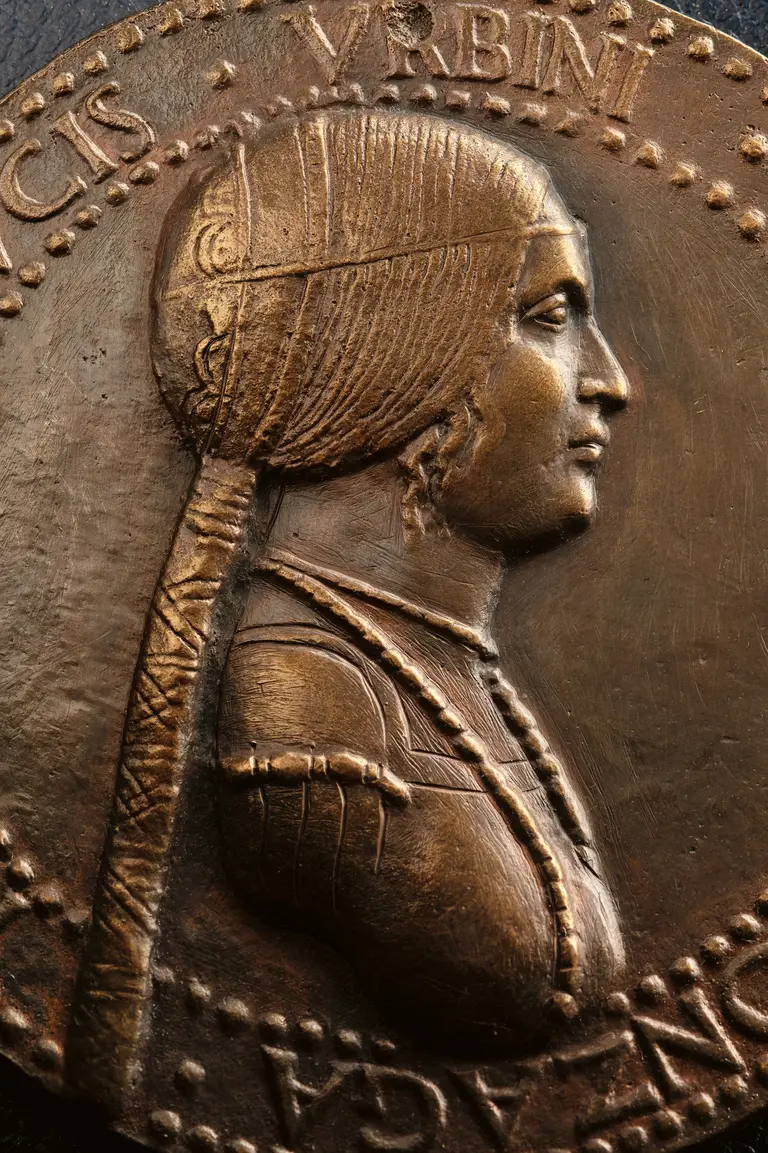About the Exhibition
Like small time capsules, coins and medals preserve the elaborate hairstyles, magnificent beards, and intricate head coverings of each period. The exhibition travels through more than 2,400 years of fashion history with the help of over 100 coins.
Coins were minted in large amounts and were in daily use. A coin portrait was therefore the image that was most frequently seen by a ruler’s subjects. Hence, the way the sovereigns styled themselves carried particular importance.
Some became real trendsetters: their fashion turned into distinctive trademarks.

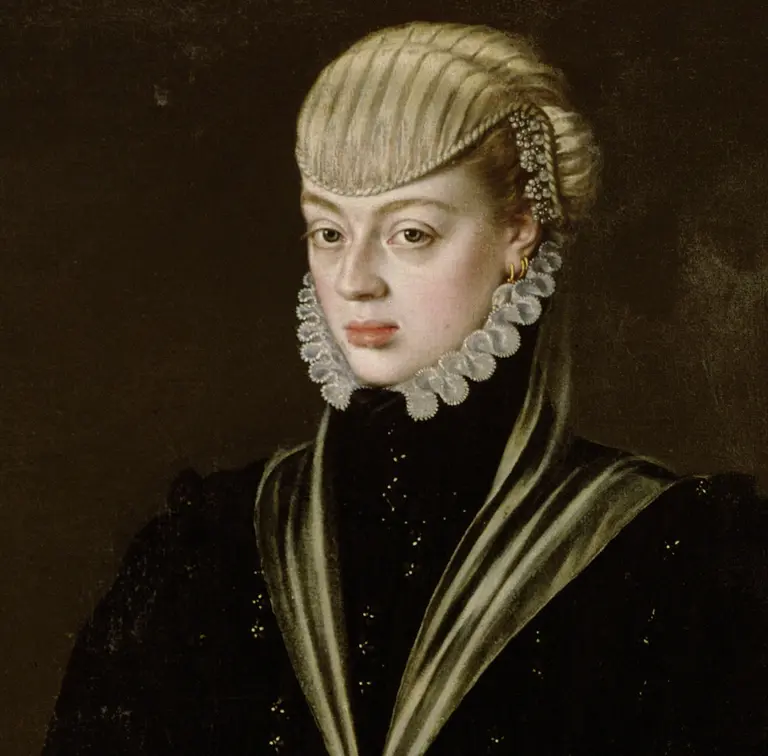
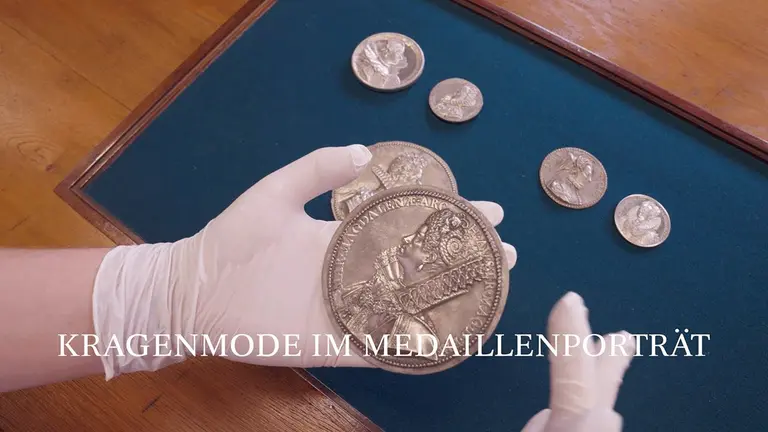
„Fashions fade, style is eternal."
„Auffällige Mode ist nur so lange ein Statement, bis sie zur Gewohnheit wird.“
Hat Powers Fashion
Everybody who was anybody during the Italian Renaissance would make sure to show their status. The hat or biretta was a telltale sign of social standing, education, and political attitude. Elaborate head coverings were particularly prevalent at the Northern Italian courts as fashion statements and reflections of the way people perceived themselves in a society that hovered between tradition and new beginnings.
Passend zu den stylischen Kopfbedeckungen trug man das Haar im venezianischen Stil
schulterlang und in seiner Breite stark toupiert. Der als zazzera bezeichnete Renaissance-Bob galt vor allem in Adelskreisen als besonders elegant.
From the fifteenth century onwards, the biretta (ital. berretta) evolved into a European fashion classic.
The fitted round or semi-conical cap was usually made of felted wool and originally served as a symbol of the educated classes.
The berretta was frequently of a bright red colour and came in various shapes.
For example, the berretta a bordi had a folded edge.A very popular feature were the gioie di testa and fermagli, decorative brooches attached to the cap.
Like the biretta, the myllan cap or French bonnet was another hat shape that spread throughout Europe around 1500.
Made of brocade, velvet, or fine felt, this hat had characteristic high sides that could be folded down as desired.
King Louis XII (r. 1498–1515) combines the fashionable head covering with the French fleur-de-lis crown on his Milan mints
Gianfrancesco I Gonzaga (r. 1433–1444) shows himself as the Margrave of Mantua and general with a conspicuously extravagant hat.
It was already clear to his contemporaries that this top-heavy red head covering was a symbol of power and confidence.
Hats were status symbols.
Particularly influential condottieri (mercenary soldier leaders) and members of the lower nobility adorned themselves with striking headgear such as the berretta alla capitanesca and the berretta ducale, which were signs of political promotion, social superiority, and military glory.



